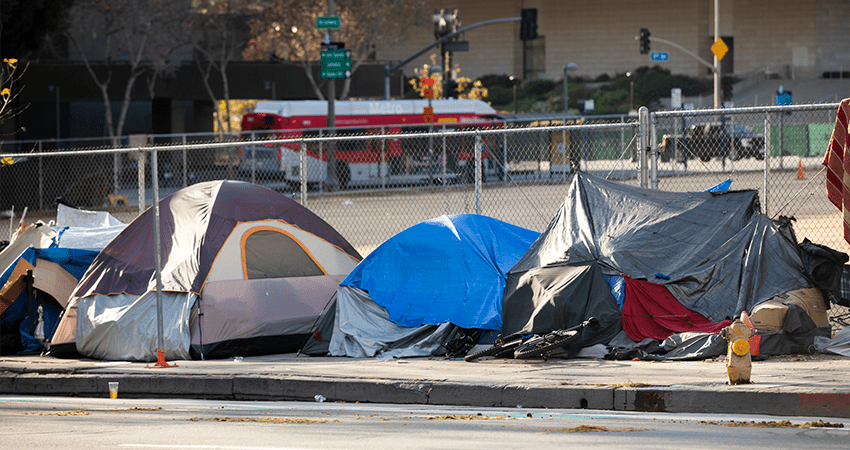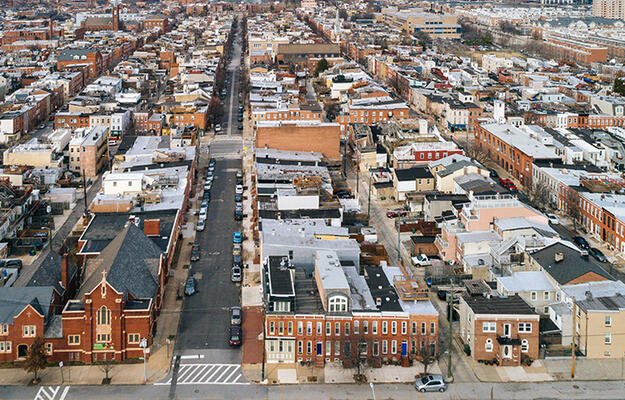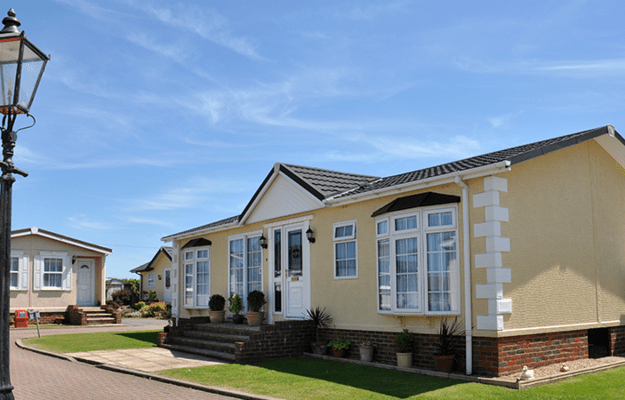
MattGush, Getty Images
9 Facts About the Impending Senior Homelessness Crisis and How We Can Stop It
The number of adults ages 65 and older experiencing housing instability and homelessness has rapidly increased in recent years and is expected to accelerate. Removing barriers to stability will be critical not just to preserving the health and safety of this group but also to limiting a resulting expensive public health crisis. Without intervention, states, localities, health care organizations, and homelessness response providers won’t have the budget or capacity to deal with a rising population of older adults experiencing homelessness.
To prevent such a crisis, policymakers and advocates must understand why older adults are increasingly experiencing homelessness. We gathered research from the Urban Institute and other experts that highlights this issue’s urgency and solutions to help prevent it. Here are nine facts you should know:
- Older adults are the fastest-growing (PDF) age group experiencing homelessness. Nearly 150,000 adults (PDF) older than 55 experienced homelessness, and the share of older adults experiencing sheltered homelessness increased 37 percent between 2019 and 2022.
- Without proactive policy, the number of older adults experiencing homelessness will triple by 2030: Estimates suggest that by 2030, the number of older adults experiencing homelessness will triple (PDF), and by 2038, an additional 4 million (PDF) older adults with low incomes will have no access to affordable housing.
- Older adults have unique and preventable pathways to homelessness: Older adult homelessness is often a result of at least one of three key risk factors: having a low income; a recent experience of a crisis, such as the death of a family member; or the onset of poor health.
- Older adults with lower incomes increasingly cannot afford housing: These people are less likely to have retirement savings and are more likely to rely on Social Security as a primary form of income, with many living on less than $20,000 a year. With an average monthly income of less than $1,000, older adults with lower incomes are often unable to keep pace with housing costs. In 2021, nearly 11.2 million older adults were cost burdened, with many spending more than half their income on housing.
- A decline in health puts older adults at risk. As people age, they experience more health concerns and disabilities, which can create challenges to earning income and staying stably housed. In one study in Toronto, older adults experiencing homelessness were 3 times (PDF) more likely to report health as a reason for homelessness. The ability to work is linked to health status, and those with lower incomes who may most need to work as they age are more likely to have health challenges than their counterparts.
- Disruptive life events are destabilizing.Critical events such as divorce, the death of a spouse, or the loss of housing tied to employment can cause a rapid move into homelessness for older adults. These events can threaten the economic and social resources they rely on to maintain their housing. Evidence suggests this may be particularly true for older women.
- Limited, accessible housing stock creates unique barriers for older adults. One analysis found less than 4 percent of the US housing stock offers features older adults may need, including no-step entry, single-floor living, and features to accommodate a wheelchair. This can pose challenges for finding new rental housing and can create high costs for homeowners to modify their current home.
- Many older adults already rely on subsidized housing, but demand outpaces supply. More than a third (PDF) of the tenants in low-income housing tax credit units are at least 62 years old, and more than half of housing choice voucher recipient households are headed by older adults. But the supply is not meeting the growing need of older adults.
- Preventing homelessness for older adults is fiscally important for health care organizations, state budgets, and other Projections show the increase in older adult homelessness will cost an additional $5 billion per year, on average, in health care and shelter costs that typically accrue to cities, states, and health care organizations.
How can policymakers and other stakeholders address this crisis?
Prevention will be key to reducing homelessness for older adults, keeping them safe, and ensuring states don’t face severe budgetary crises related to the surge of older adult homelessness. Stabilizing people in their homes and ensuring they don’t become homeless is a cost-effective, compassionate way to address this issue. What large and small steps can policymakers, advocates, and other stakeholders take to help support older adults?
- Increase the supply of affordable, accessible rental housing for older adults. There is a dire need for more affordable housing nationwide, which exacerbates challenges for older adults. States and localities can invest in new housing opportunities for older adults.
- Encourage low-income housing tax credit allocations for older adults. Shifting the incentives and set-asides or establishing specific pools in Qualified Allocation Plans can encourage consistent, dedicated credits for the development of senior housing and permanent supportive housing. Some states already have pools that ensure certain amounts of housing are developed for older adults each year to meet the growing demand of older adults renting, which is projected to increase from 7.4 million in 2020 to 12.9 million by 2040.
- Invest in public housing. States can allocate additional funding to maintain, update, and redevelop public housing units, which are substantial sources of affordable housing for households with low incomes. Recent examples include Minneapolis and Westbrook Maine, which have brought programs that support residents’ homemaking and personal care needs to some of their housing properties, to more effectively deliver needed services in independent, affordable senior housing communities..
- Encourage local zoning changes to support the construction of affordable, accessible homes. Easing local zoning laws and instituting land-use reforms can allow for development of accessory dwelling units, cohousing, and other affordable, accessible, and innovative options that can serve older adults. States can implement certain large-scale zoning reform measures and preemptions and can encourage local changes through financial incentives and planning guidelines.
- Support older adults who want to stay in their homes. To help keep older renters and homeowners in their homes, it’s important to both reduce housing cost burdens and provide avenues to home modification.
- Reduce financial barriers to homeownership. These can include passing, expanding, or modifying tax reductions, deferrals, or circuit breakers for cost-burdened (PDF) older adults, as well as encouraging assistance programs, such as utility assistance programs.
- Support home modification. Financial assistance can help older adults as they modify their homes. State housing trust funds (PDF) and technical assistance can provide critical resources.
- Expand rental assistance programs and subsidies. Supports such as the Section 202 program and the Housing Choice Voucher Program help older adults in times of crisis.
- Expand income supports for older adults experiencing housing insecurity. The Supplemental Security Income (SSI) program is a vital support program for older adults with very low incomes and few assets. People who receive SSI may be eligible for housing subsidies. But additional income supports can help people age safely in place.
- Employ and expand partnerships between health and housing organizations. Coordinating between agencies focused on these aspects of aging have an opportunity to identify, test, and implement new ways to support health and housing stability for older adults. Community-based service waivers provide states with the ability to bill Medicaid for housing-focused services and can support older adults.
- Invest in understanding the scope of the challenge and the most effective solutions. Although demographic projections provide details on the scale of the challenge, more research is needed to estimate the specific challenges faced by older adults, specifically data that can help predict which adults may need certain supports, to help states and localities prepare. States can increase evaluation funding to build the evidence base on the health care return on investment from providing housing supports to target populations.


